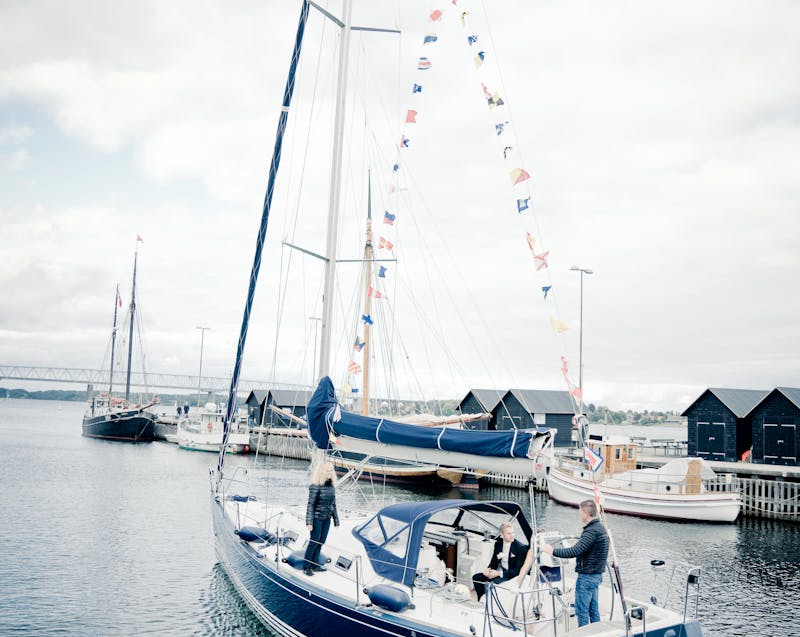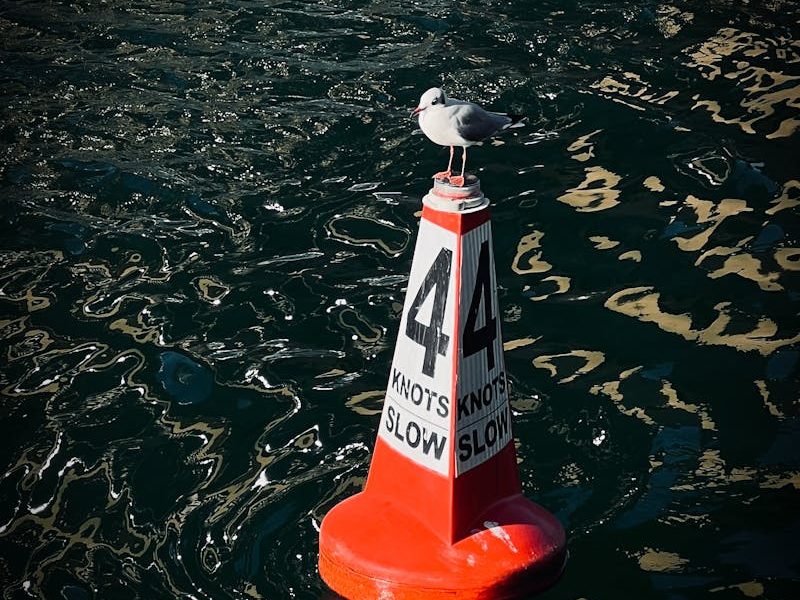
- Learning boating terms is essential for safe communication and navigation on the water.
- Basic parts of the boat—bow, stern, port, and starboard—are the foundation for understanding directions.
- Directional terms like forward, aft, windward, and leeward prevent confusion during maneuvers.
- Navigation terms such as draft, helm, channel, and especially boating buoys and markers meanings are critical for avoiding hazards.
- Common commands like “cast off” or “hold fast” help ensure smooth teamwork on board.
- Beginners can learn boating terms faster through visual aids, practice on board, and boating classes.
Stepping onto a boat for the first time can feel overwhelming, especially when experienced boaters start using terms that sound like another language. From the front of the vessel to the way you tie a rope, boating has its own unique vocabulary that helps improve communication and safety on the water. If you’re new to boating, learning these essential terms will not only boost your confidence but also ensure you can follow instructions correctly when it matters most.
In this guide, we’ll walk through the most important boating terms every beginner should understand before heading out on the water.
Why Do Boating Terms Matter?
When you’re boating, clear communication is critical. Unlike driving on land, boating takes place in an environment where wind, current, and limited maneuverability make mistakes riskier. Imagine trying to dock while your captain says, “Move to starboard!”—if you don’t know which side that is, confusion can quickly turn into an accident.
Boating terms also help create a universal language. No matter where you are, sailors and powerboaters alike use the same phrases. This shared vocabulary ensures that when you’re navigating channels, responding to safety instructions, or communicating with others on the radio, everyone is on the same page.
For beginners, mastering these words is the first step to becoming a confident and competent boater.
Understanding the Basics: Parts of the Boat

Every journey begins with knowing your vessel. Here are the fundamental terms for identifying different parts of a boat:
- Bow – The boat’s front.
- Stern – The boat’s rear.
- Port – The boat’s left-hand side when facing forward.
- Starboard – The boat’s right-hand side when facing forward.
- Hull – The body of the boat that sits in the water.
- Deck – The flat surface people walk on.
- Keel – A structural part beneath the boat that provides stability.
Knowing these terms ensures you can respond quickly when given directions, whether docking, anchoring, or avoiding obstacles.
How Do Boaters Communicate Directions?
On the water, simply saying “left” or “right” doesn’t work well because orientation depends on where someone is standing. Instead, boaters use consistent directional terms.
- Forward – Toward the bow.
- Aft – Toward the stern.
- Windward – The side facing into the wind.
- Leeward – The side sheltered from the wind.
These terms eliminate confusion and give boaters a clear sense of direction, regardless of perspective. Beginners should practice using these words until they become second nature.
Essential Boating Terms for Navigation and Safety
Navigation is one of the most important aspects of boating, and specific terms help make it easier and safer. Below are a few must-know phrases:
- Helm – The area where you steer the boat.
- Bearing – The direction or position of an object from your boat.
- Wake – The waves created behind a moving boat.
- Draft – The depth of the boat below the waterline.
- Buoy – A floating marker that provides navigational information.
- Channel – The safe waterway where boats should travel.
For beginners, learning the meaning of boating buoys and markers is especially important since they guide you through channels and alert you to hazards. Misunderstanding them could lead to running aground or colliding with another vessel.
What Are the Most Common Commands on a Boat?

Boats often require teamwork, and commands help ensure coordinated actions. Here are a few you’ll likely hear:
- Heave – Pull on a line or rope.
- Ease – Slowly release a rope or sail.
- Hold fast – Keep a rope tight and secure.
- Cast off – Release the ropes securing the boat to the dock.
- All hands on deck – A call for everyone to assist.
By learning these commands early, you’ll be able to participate more effectively and avoid slowing down the crew.
Tips for Beginners: How to Learn Boating Terms Faster
Memorizing dozens of new words may seem daunting, but with the right approach, you’ll pick them up quickly:
- Use visual aids – Diagrams and charts help reinforce where each part of the boat is located.
- Practice on board – Apply terms in real-life settings by naming parts and repeating commands.
- Join a boating class – Formal instruction provides hands-on learning and immediate feedback.
- Start with the essentials – Focus first on parts of the boat, directions, and safety-related terms.
Over time, these terms will become second nature, and you’ll communicate with confidence while on the water.
Final Thoughts
Learning essential boating terms may feel like studying a foreign language at first, but it’s an important part of becoming a safe and capable boater. These terms not only make communication easier but also help you navigate, respond to commands, and understand safety instructions more effectively.
For beginners, start with the basics: bow, stern, port, starboard, and common navigational terms. With practice, you’ll soon be speaking like a seasoned boater—and more importantly, sailing safely.

